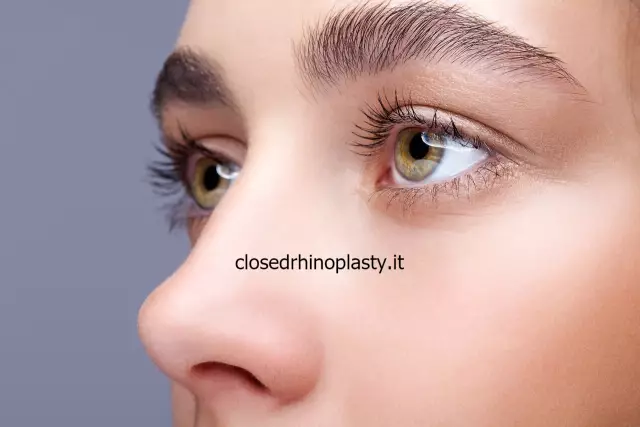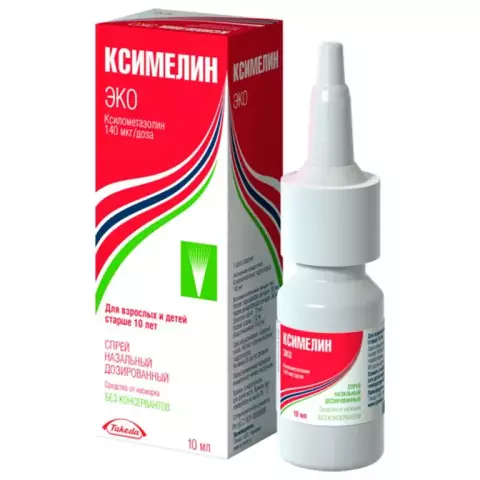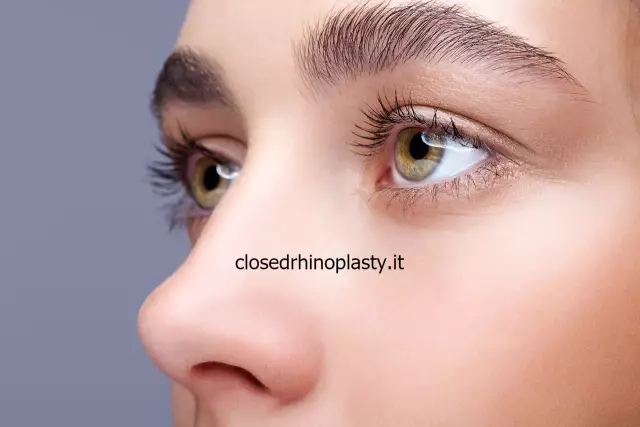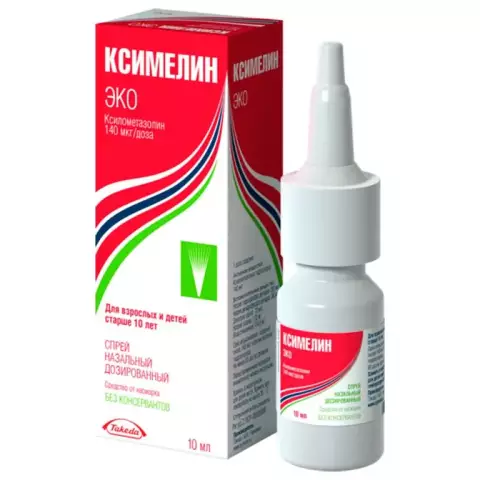- Author Rachel Wainwright [email protected].
- Public 2023-12-15 07:39.
- Last modified 2025-11-02 20:14.
Hydrotherapy
History of hydrotherapy

Hydrotherapy is a complex of cosmetic and medical procedures aimed at rehabilitation, prophylactic, aesthetic and therapeutic purposes. These include the external use of river, lake, tap or rain water in the form of douches, wraps, wipes, hot and cold baths and showers. Currently, internal hydrotherapy has gained wide popularity, in which clean drinking water acts as a slag-removing agent, but internal hydrotherapy has not received recognition by orthodox medicine.
Hydrotherapy is an ancient healing and rejuvenating procedure that has its roots deep in antiquity: in many beliefs and myths, water was endowed with divine life-giving power.
The first hydrotherapist was the court physician of Gaius Julius Caesar, Anthony Musa, who cured a sick Roman emperor in a very unusual way - with cold poultices.
However, hydrotherapy became truly widespread in the 18th century thanks to the work of physiotherapists Sebastian Kneipp and Vincent Prisnitz, who set up the first hydropathic establishment in Greffenberg. After them, scientists Wilhelm Vinternitz, Alexander Nikitin, B. M. published their works on the healing properties of water. Grzhimailo, S. P. Botkin.
Hydrotherapy or hydrotherapy is an integral part of physiotherapy.
Types of hydrotherapy
Hydrotherapy differs from other methods of treatment in its simplicity, accessibility and simplicity.
Hydrotherapy is represented by such types of procedures as:
- Shower. The essence of hydrotherapy with the help of a shower is the effect on the body of jets of water of a certain temperature and under a certain pressure. The physiological effect of the shower depends on the volume of water supplied per unit of time, the "hardness" of the jet, as well as the degree of deviation of its temperature from the indifferent one (34-36 degrees Celsius). Distinguish between rain, dust, circular, Scottish, needle shower, Charcot shower (in the form of a dense stream of water directed at a person under pressure), ascending shower, etc.;
- Simple bathtub and whirlpool bathtub (Jacuzzi). There is a general bath, in which the patient's head and neck remain above the water surface, and a local bath, the essence of which is the effect (temperature, vibration) on a certain part of the body (legs, arms, pelvic area);
- Hydrokinesis therapy. Represents swimming and therapeutic exercises in water;
- Thermal hydrotherapy. This includes hydrotherapy with underground waters at a temperature of 37-42 degrees Celsius;
- Balneotherapy. Mineral water treatment.
- Dousing. This is a hardening and restorative procedure, the mechanism of action of which is a short-term exposure to low temperatures on the body;
- Saunas and steam rooms. The therapeutic effect is achieved through exposure of the body to high temperature steam.
Depending on the water temperature, all water procedures are divided into:
- Cold (at temperatures below 20 degrees);
- Cool (21-33 degrees Celsius);
- Indifferent (34-36 degrees Celsius);
- Warm (37-39 degrees Celsius);
- Hot (40 degrees and above).
The mechanism of action of hydrotherapy
Hydrotherapy is based on mechanical, temperature and chemical factors of influence on the body with ordinary water.
During a hydrotherapy session, the nerve endings located on the skin are irritated, which leads to the appearance of a nerve impulse that enters the brain and spinal cord along the centripetal pathways of the body. The nerve impulse returns along the centrifugal pathways to the organ conjugated with a specific part of the spinal cord. For example, cooling the chest causes vasoconstriction in the lungs, and warming the lower back causes vasodilation of the kidneys.
Thermal effects on the body increase metabolism, improve metabolism, stimulate blood circulation, enhance the secretory activity of the pancreas and stomach. Warm or hot water has a sedative and analgesic effect, reduces muscle tone, stimulates the activity of the endocrine system and "starts" immune processes.
Hydrotherapy with cold water is accompanied by changes in blood vessels: in the first phase, their narrowing occurs, in the second - expansion, followed by an acceleration of blood flow. Under the influence of chilled blood, the response of the body is excited in the form of an increased release of hormones - adrenaline and thyroxine. The action of hormones causes the breakdown of nitrogen-free substances, causing a cleansing and strengthening effect.
Contrasting procedures that are part of hydrotherapy, directing blood flow deep into the body, then back to the skin, train the processes of blood microcirculation, help normalize blood pressure, have a positive effect on the cardiovascular system, and stimulate metabolic processes.

An additional therapeutic effect is provided by hydrotherapy with water with the addition of various ingredients: plant extracts, turpentine, medicines.
Indications for hydrotherapy
Hydrotherapy is used both by healthy people for hardening, relieving stress, fatigue, sleep disturbances, and by patients in a state of pre-illness in order to have a preventive effect on the body.
Indications for hydrotherapy are diseases such as:
- Cardiac ischemia;
- Hypertension;
- Cardiopsychoneurosis;
- Diseases of the veins, peripheral arteries;
- Diseases of the musculoskeletal system;
- Digestive tract disorders;
- Chronic lung disease;
- Skin diseases;
- Menstrual irregularities;
- Increased swelling of the limbs;
- Hemorrhoids;
- Cellulite;
- Migraine;
- Insomnia, various kinds of neuroses and stresses.
Like any other type of treatment, hydrotherapy should be prescribed by a general practitioner and carried out strictly under his supervision.
Contraindications to hydrotherapy
Despite its simplicity, hydrotherapy can be fraught with health risks. It is not recommended to use hydrotherapy for people suffering from:
- Inclination to impaired coronary and cerebral circulation;
- Insufficiency of blood circulation above stage 1-B;
- Chronic thrombophlebitis;
- Hypertension in stage 3-B;
- Inflammatory diseases in the acute stage;
- Severe angina.
Patients who have suffered a stroke, myocardial infarction, as well as diabetics, pregnant women and patients with atherosclerosis should consult a specialist before prescribing water procedures.
Found a mistake in the text? Select it and press Ctrl + Enter.






